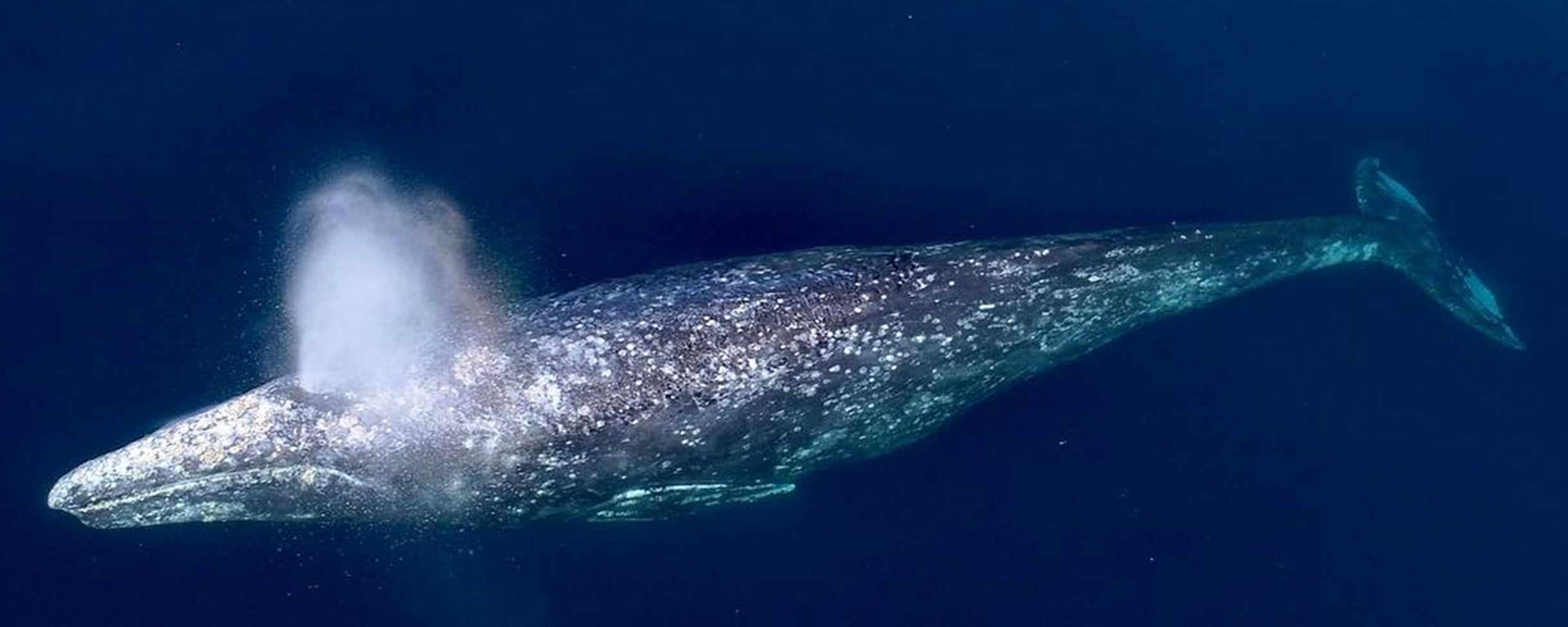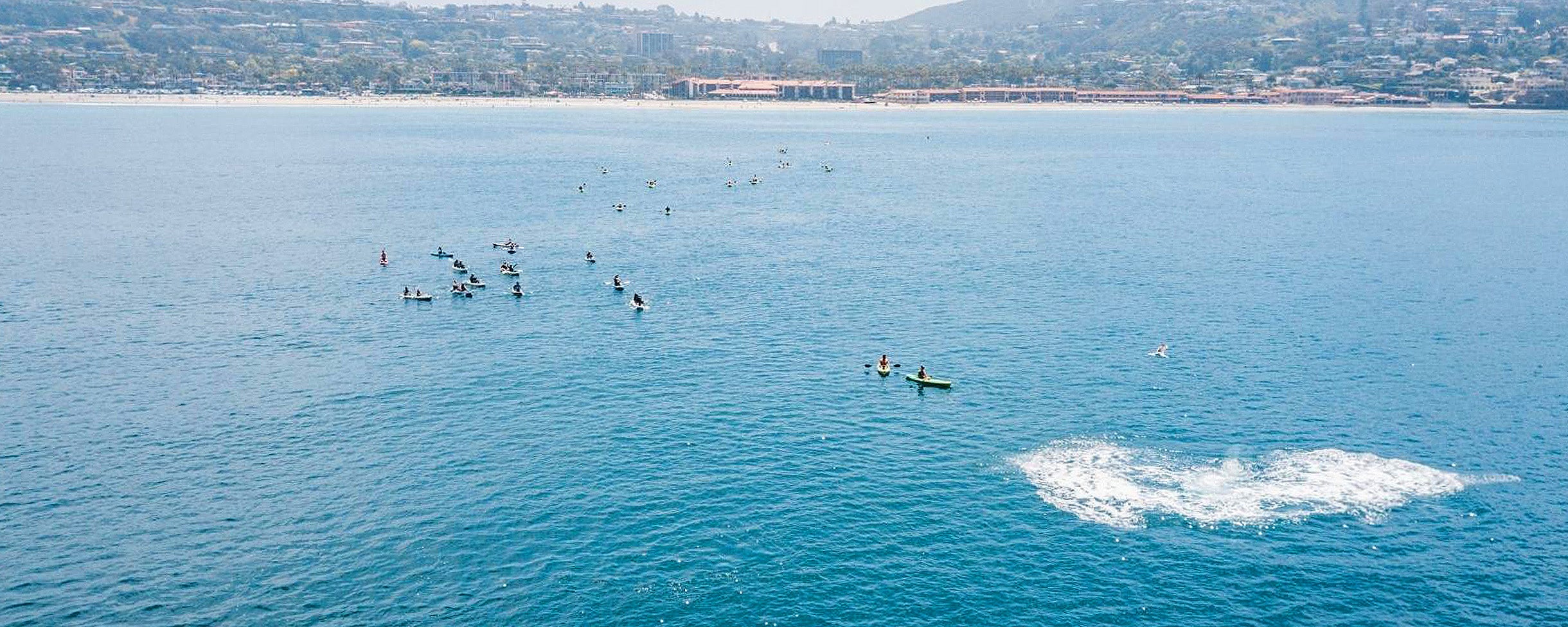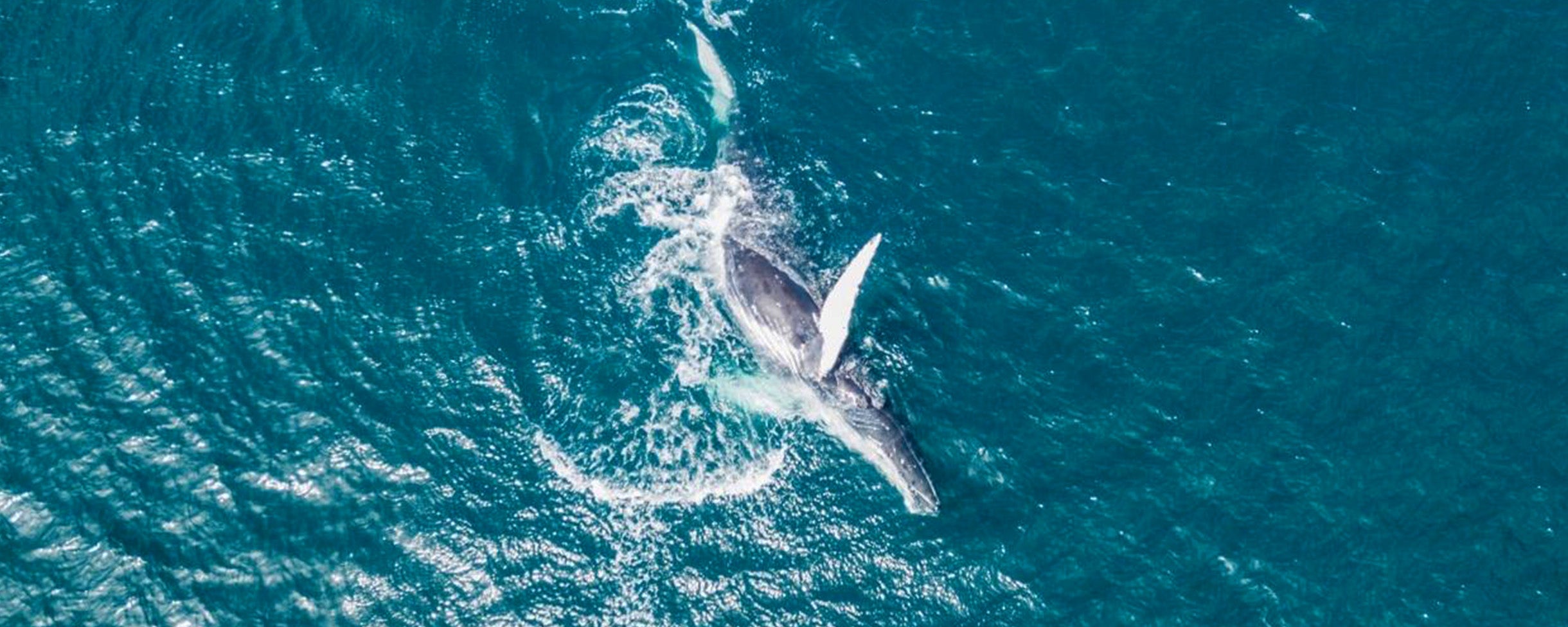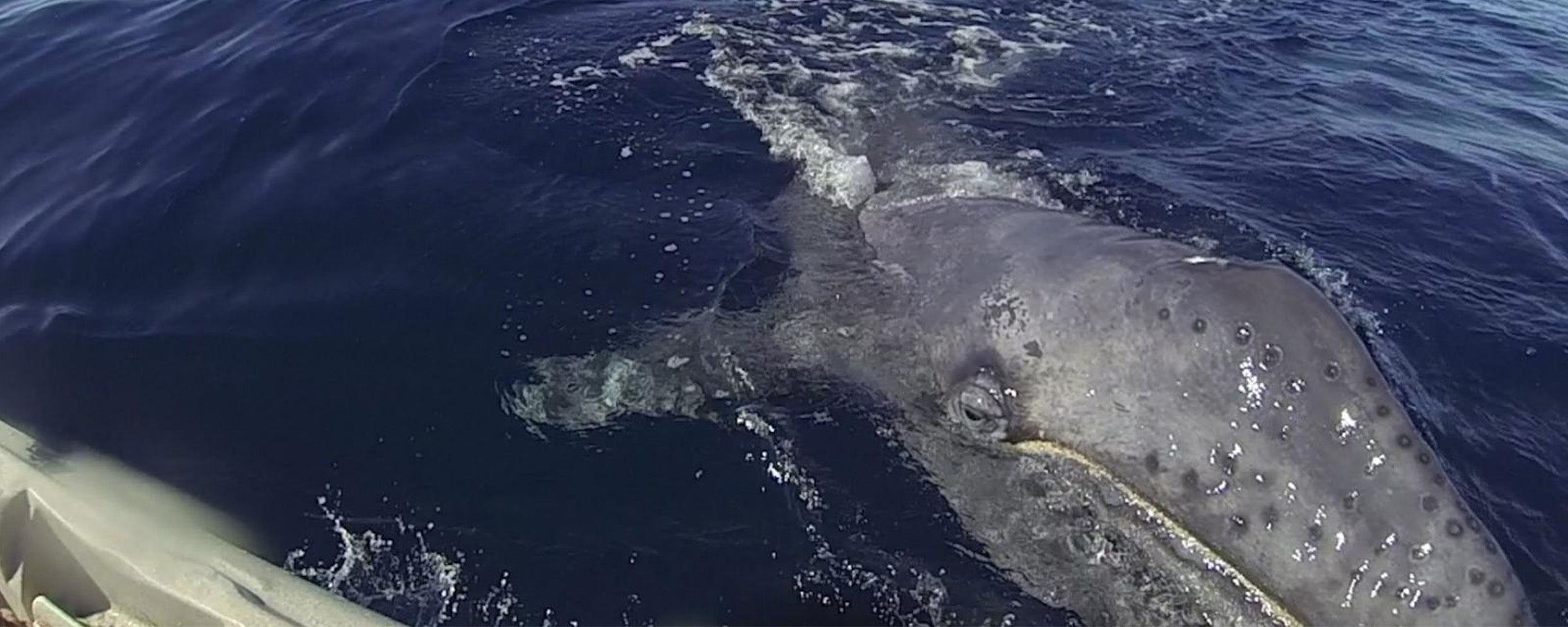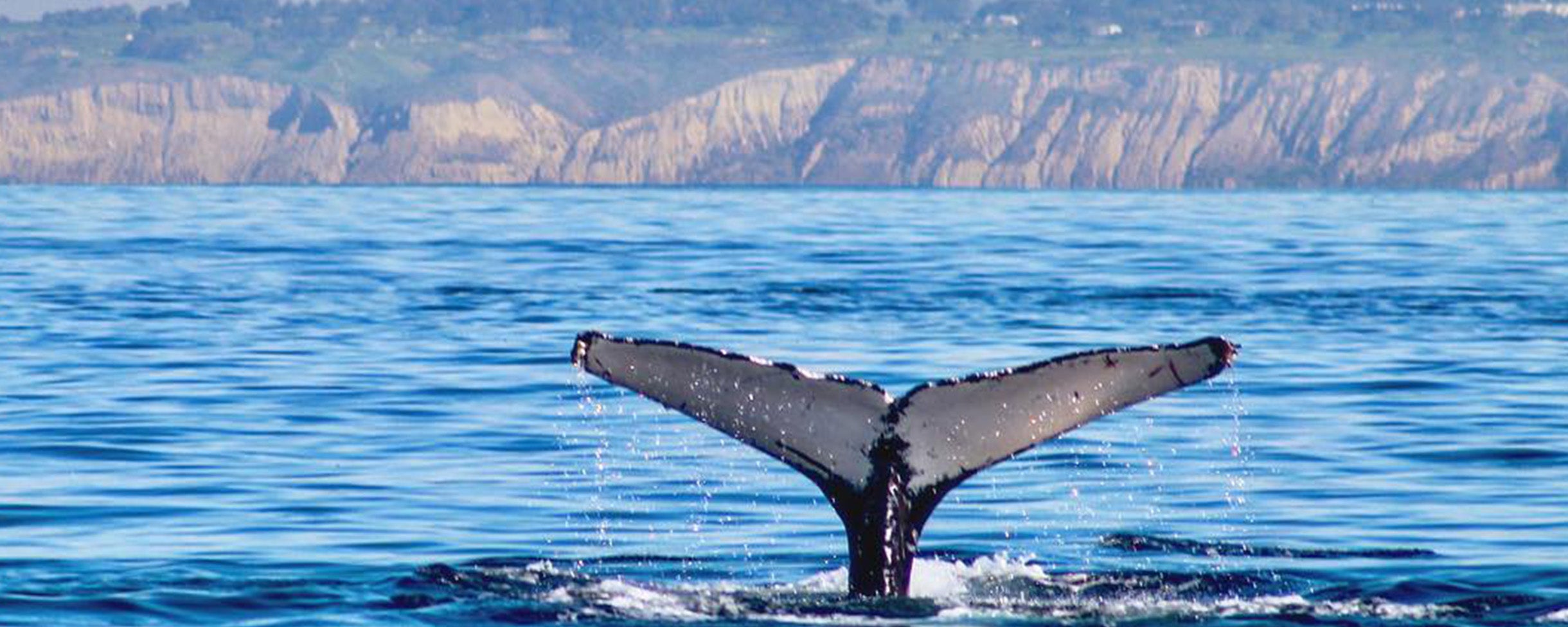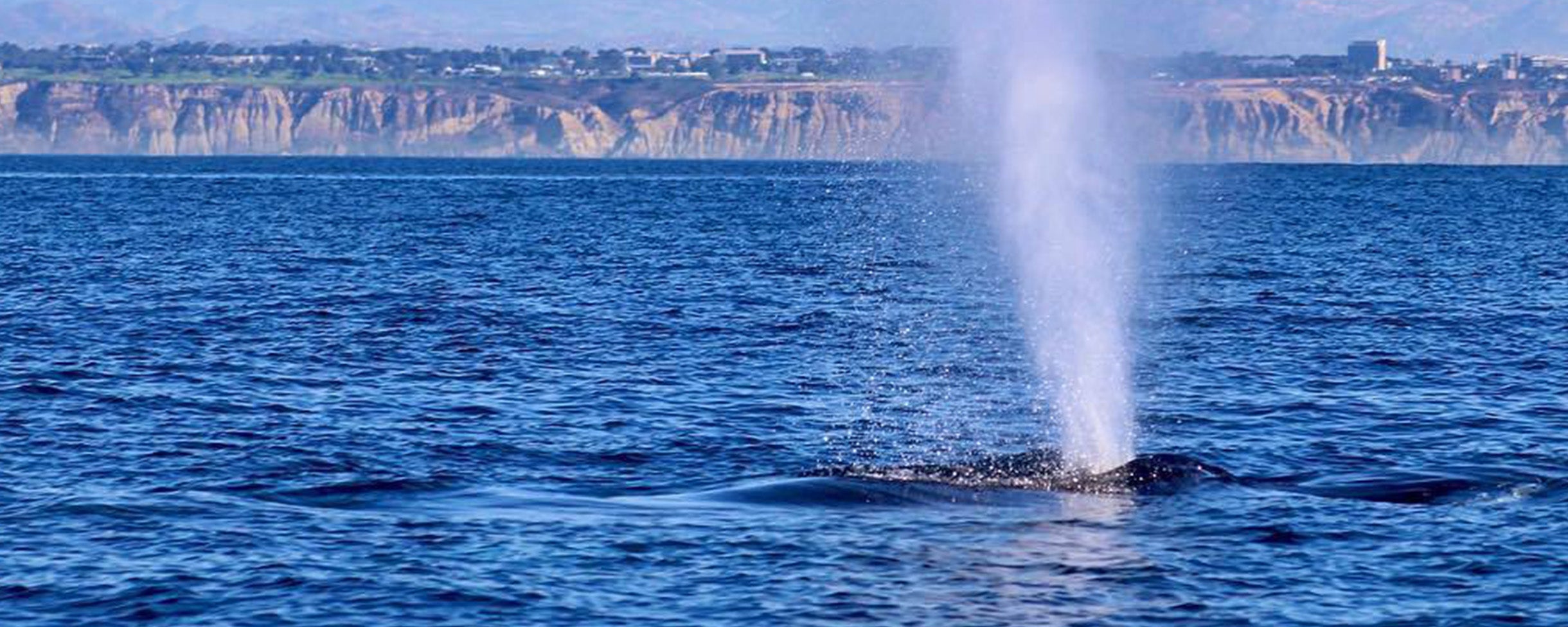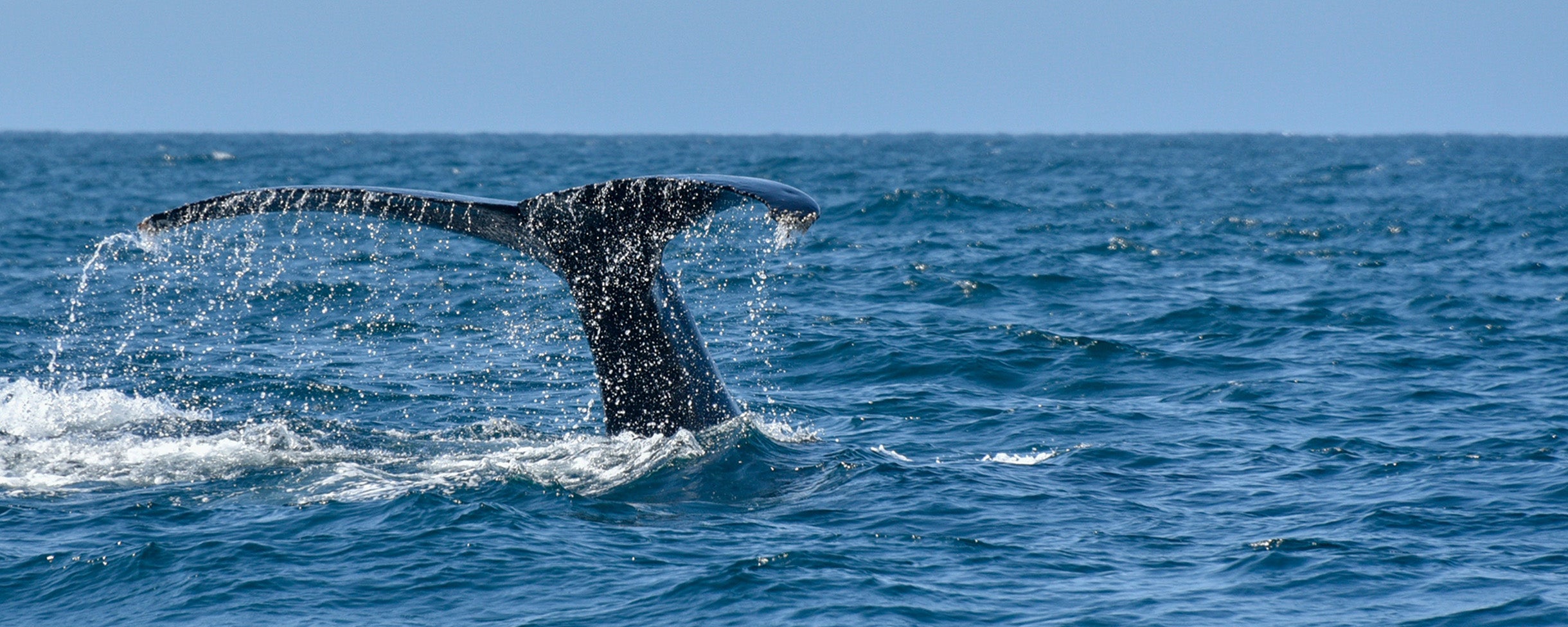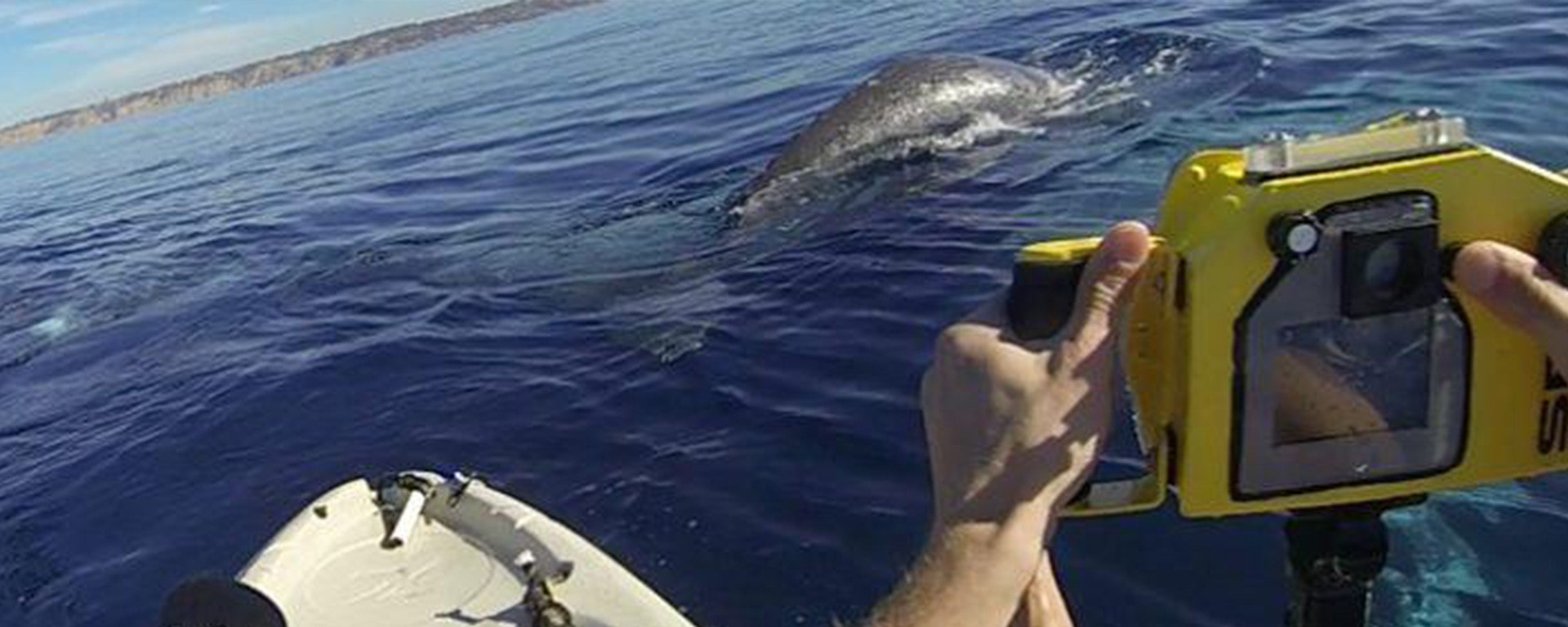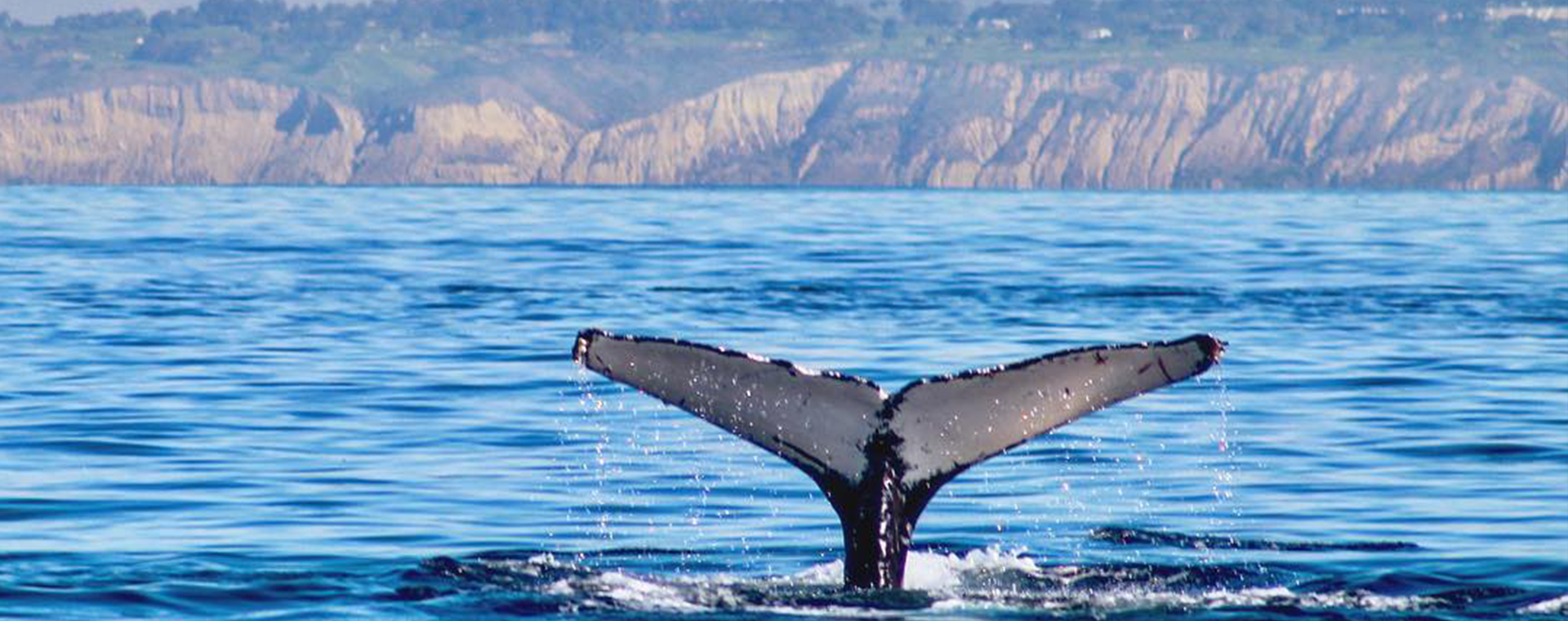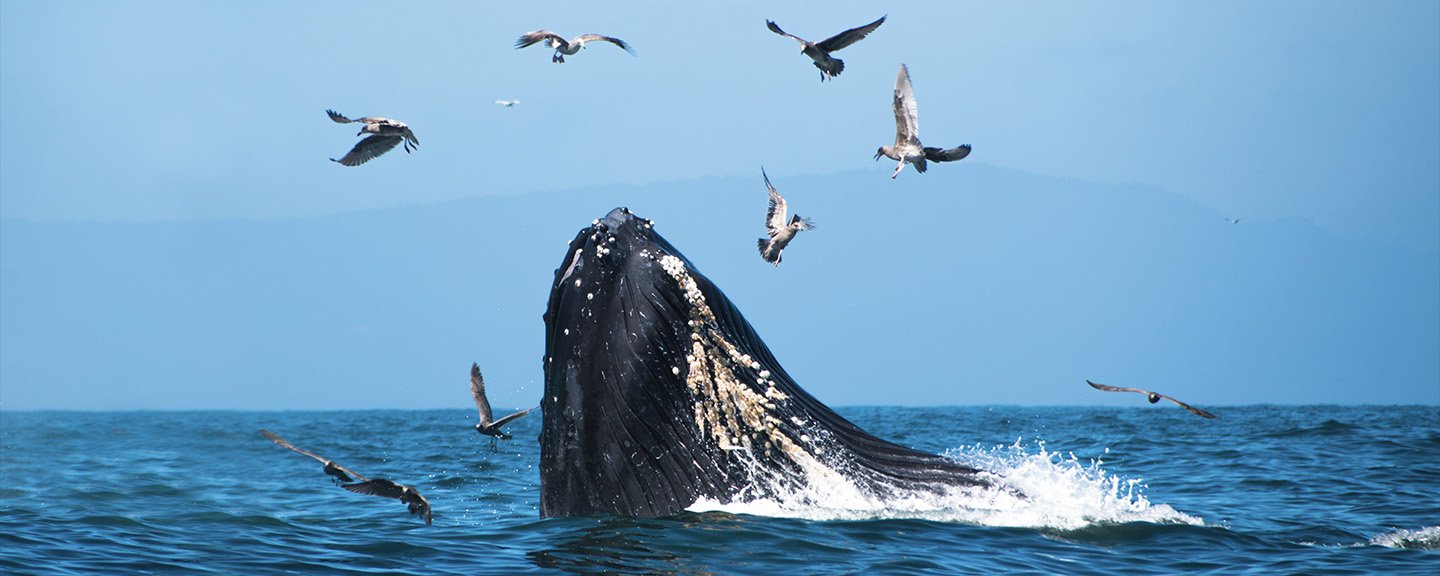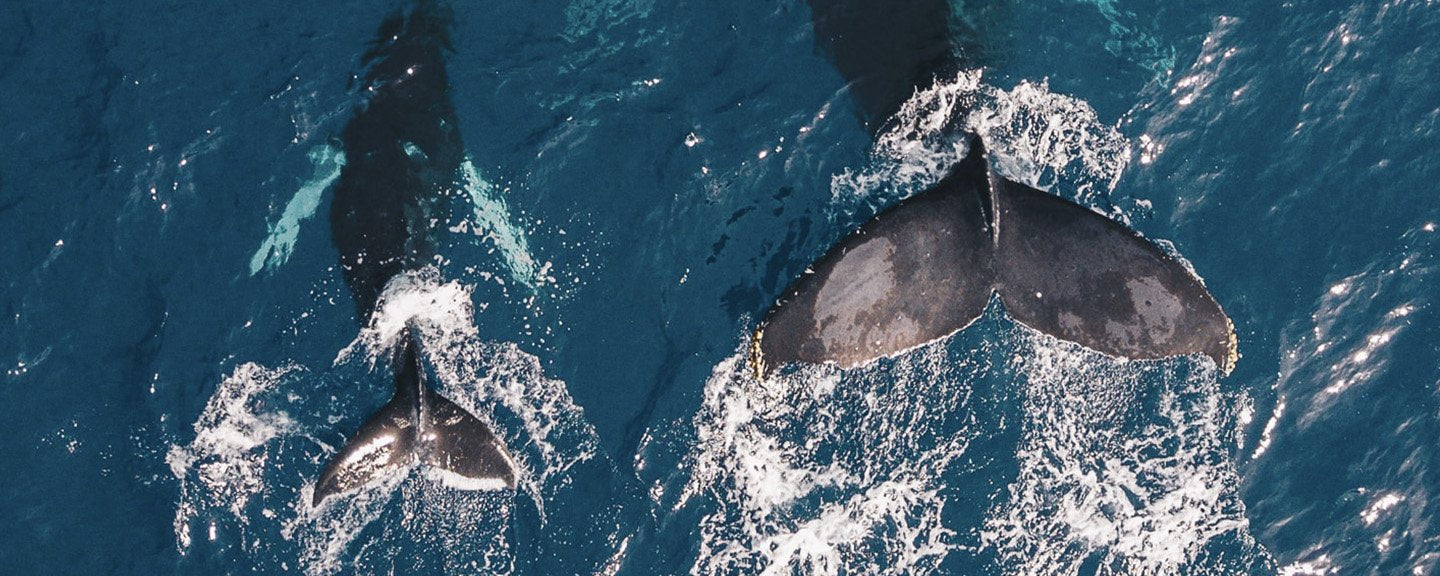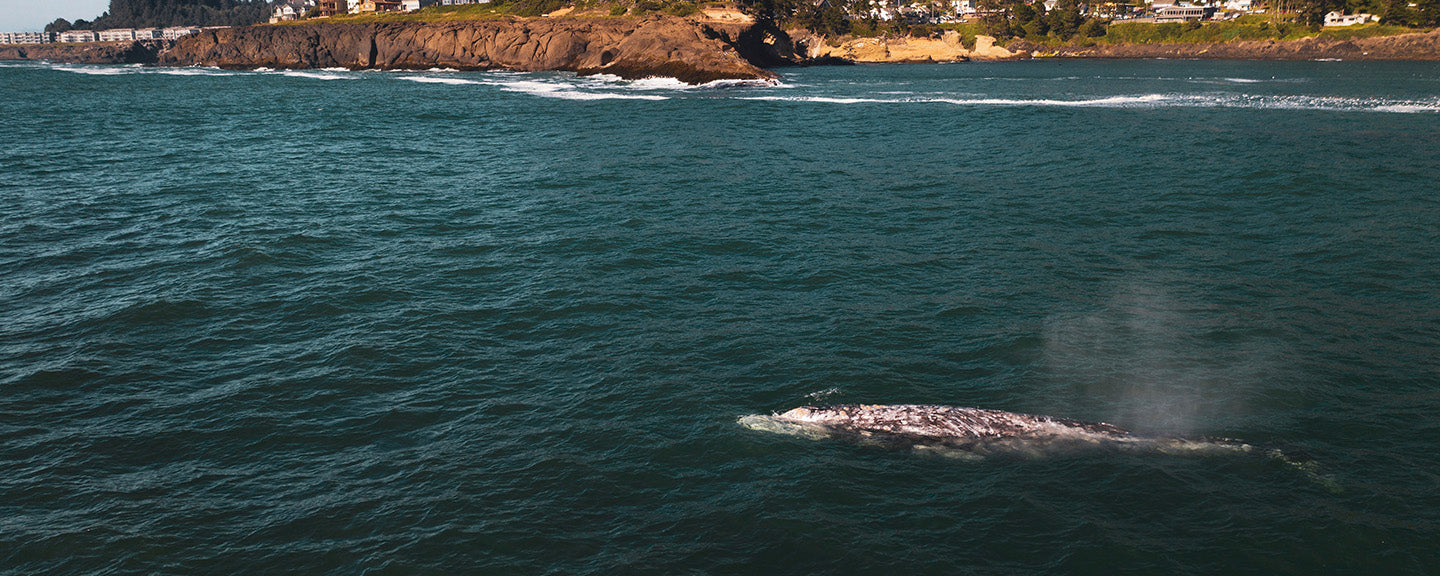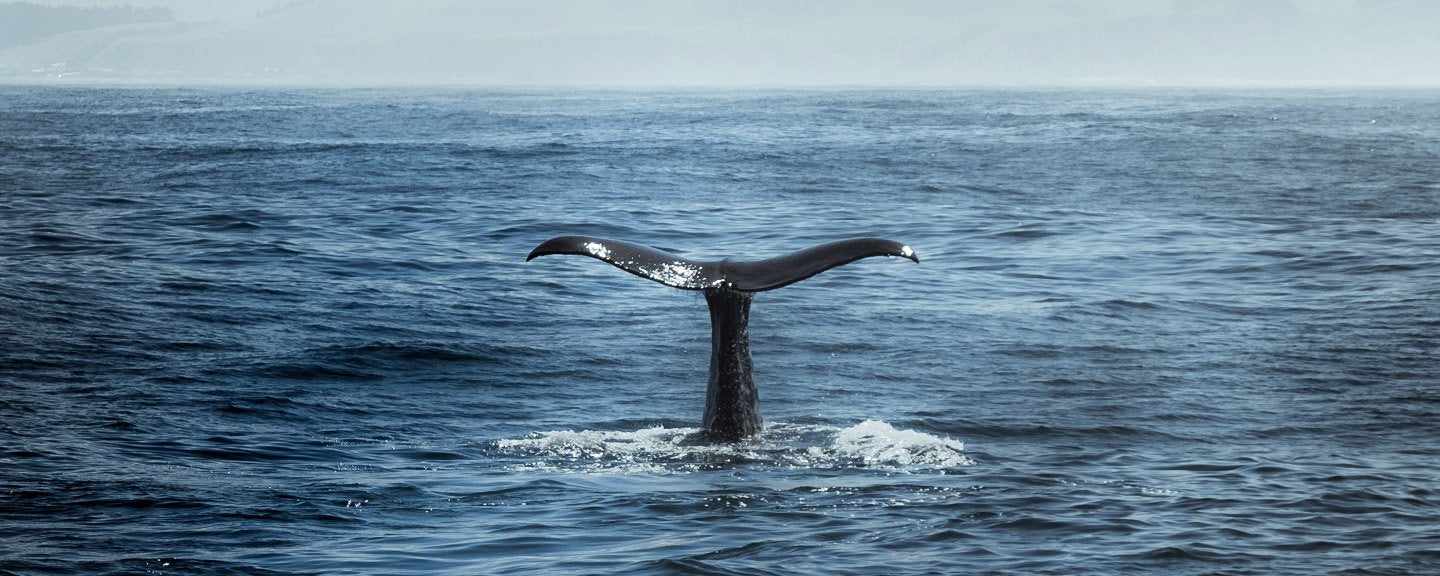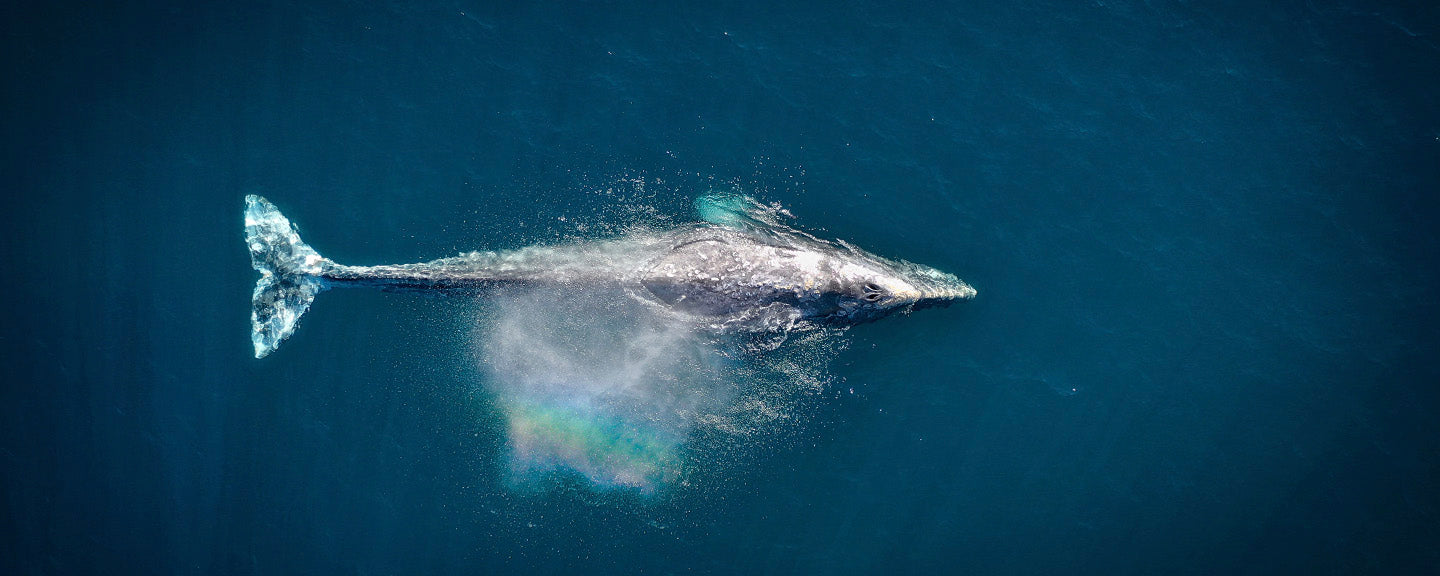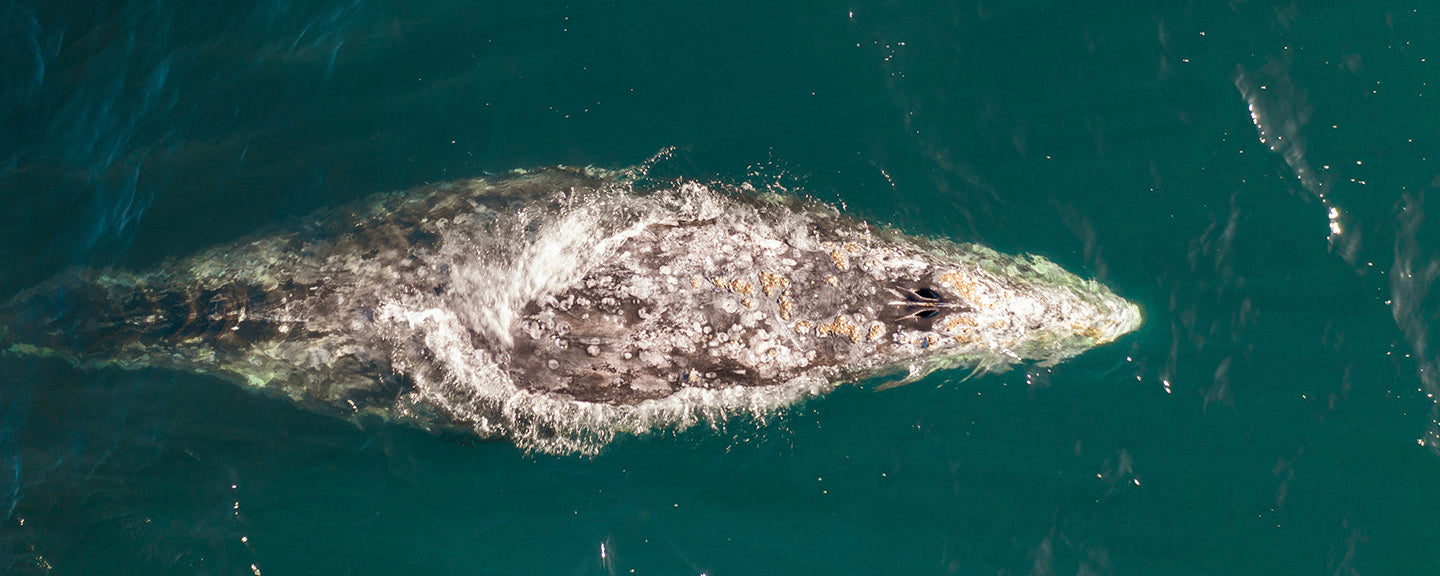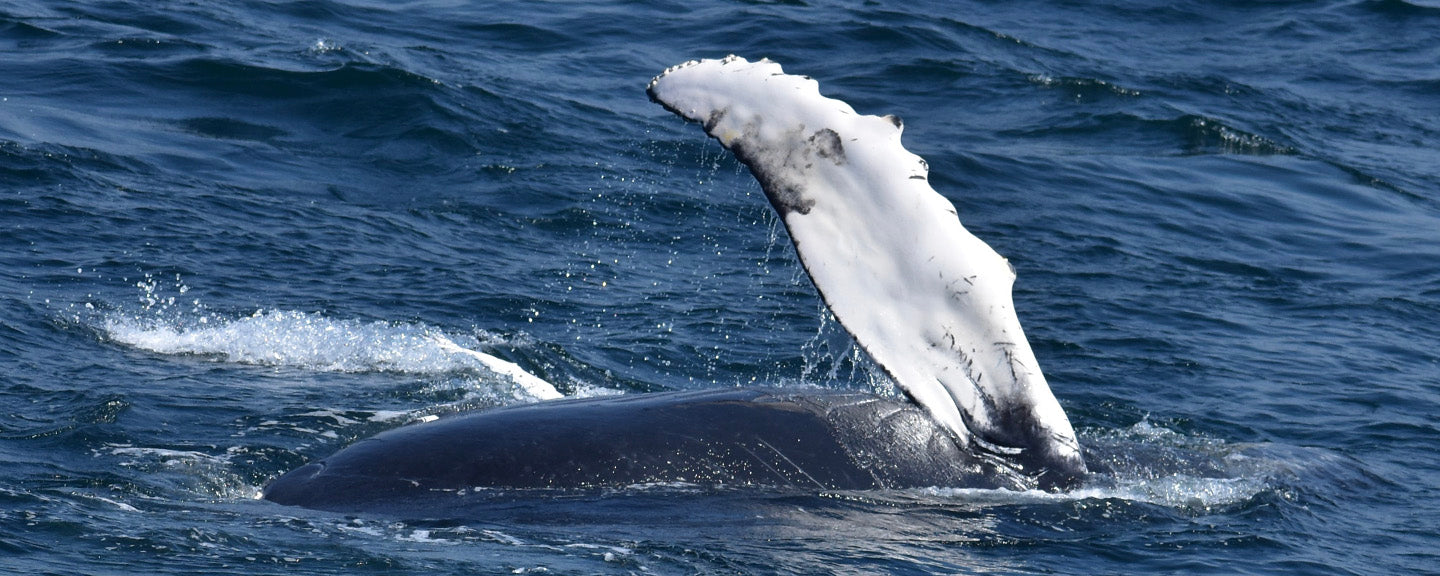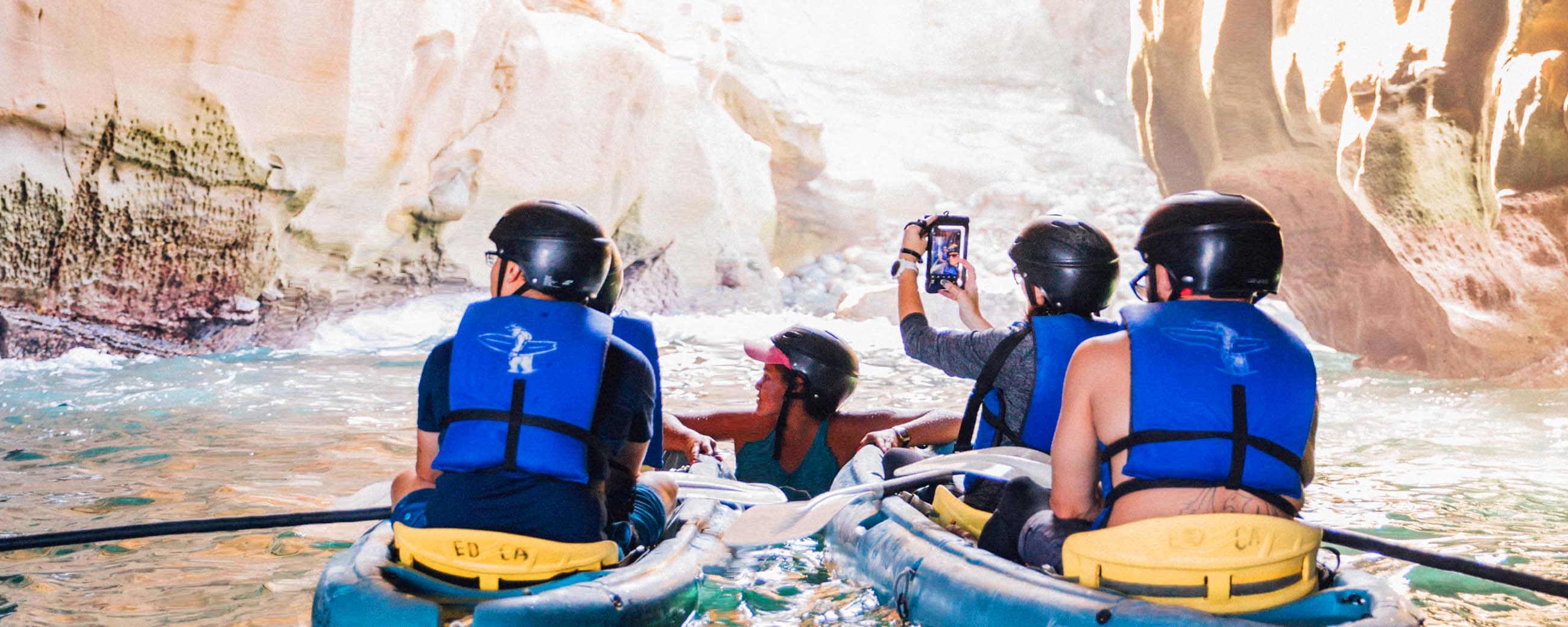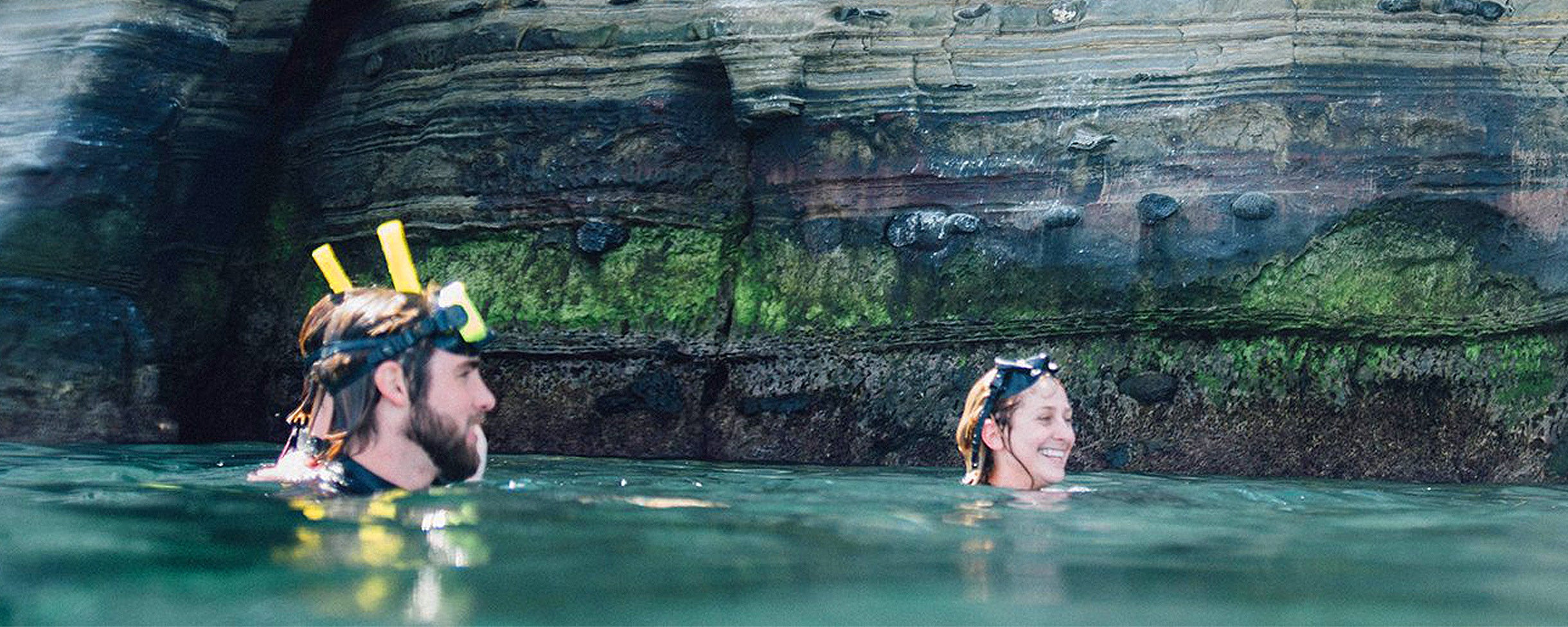What Can We Do?
The good news is that we can help by following sustainable practices that will not only help protect the whales, but will also improve the lives of any animal that depends on a healthy ocean (hint: that includes humans. More than half of our oxygen comes from the ocean). We’ve put together a few resources below as a starting point to learn about helping the planet with sustainable practices, and we hope you can start incorporating them into your life.
Monterey Bay Aquarium’s Seafood Watch
The famous nonprofit aquarium has developed a seafood guide to help consumers pick ocean-friendly seafood, caught or farmed in a sustainable manner. Guides are available as a printable document or app.
Why it matters: Irresponsible fishing practices threaten vulnerable species. Animals, including gray whales, are often killed as bycatch from these fishing operations.
WWF’s Ten Tips to Reduce Your Plastic Footprint
The World Wildlife Fund for Nature explains some easy methods to reduce plastic use and waste.
Why it matters: Plastic tends to find its way into the ocean, where it is broken down into microscopic pieces that accumulate on every step of the food chain. When it doesn’t break down, it sinks to the sea floor, where it is swallowed whole by suction feeding gray whales.
Earth Institute’s 35 Easiest Ways to Reduce Your Carbon Footprint
Columbia University’s Earth Institute explains simple steps you can take to reduce the amount of greenhouse gasses we produce.
Why it matters: As greenhouse gas levels increase, the ocean is becoming warmer and more acidic, so marine animals will be less able to survive and thrive. Much of our carbon footprint comes from burning fossil fuels, which pollute the ocean with noise and toxic waste.
EPA’s 10 Things You Can Do to Prevent Stormwater Runoff Pollution
The Environmental Protection Agency released this short guide on how to prevent excess water from flowing into drains.
Why it matters: Pesticides, oils, and other hazardous waste is carried by the water into storm drains, which eventually lead to the ocean. Gray whales stay next to the coast where the pollutants are entering the water, so runoff can be a significant danger to them.

